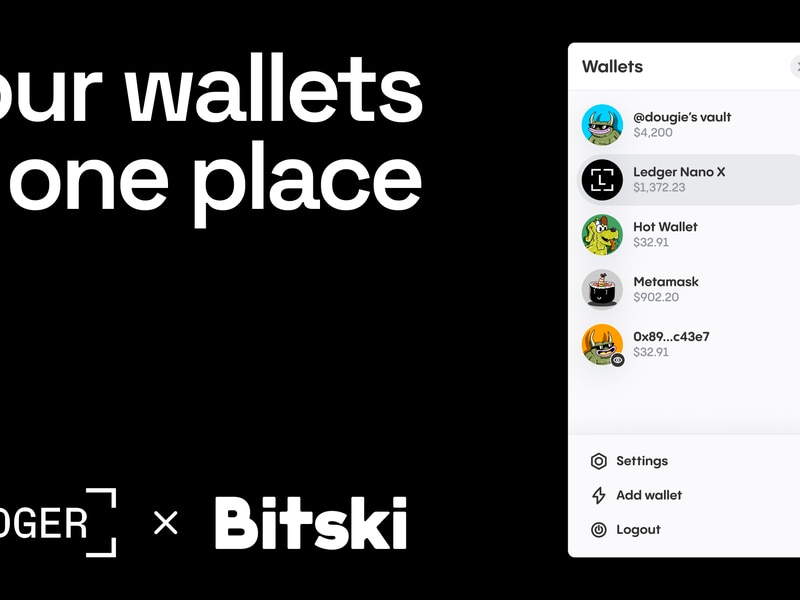MicroStrategy Buys Additional $50M in Bitcoin
Dec 4, 2020 at 10:59 p.m. UTCUpdated Dec 4, 2020 at 11:07 p.m. UTCMicroStrategy CEO Michael Saylor (Charles Norfleet/Getty Images)MicroStrategy Buys Additional $50M in BitcoinMicroStrategy CEO Michael Saylor announced his company’s third bitcoin purchase on Twitter Friday evening, per SEC filings the same day. Saylor purchased 2,574 bitcoins for $50.0 million in cash bringing the…









